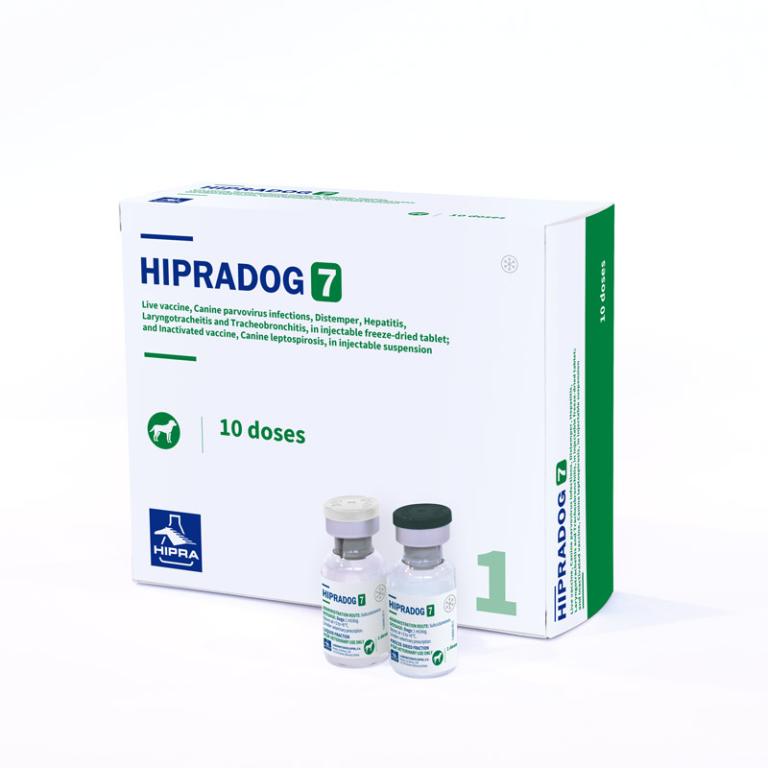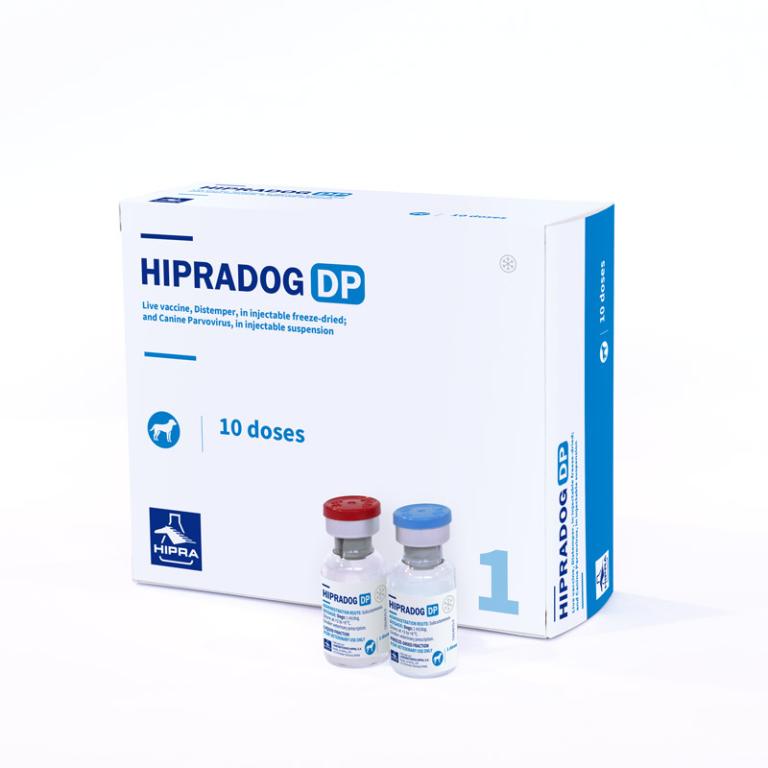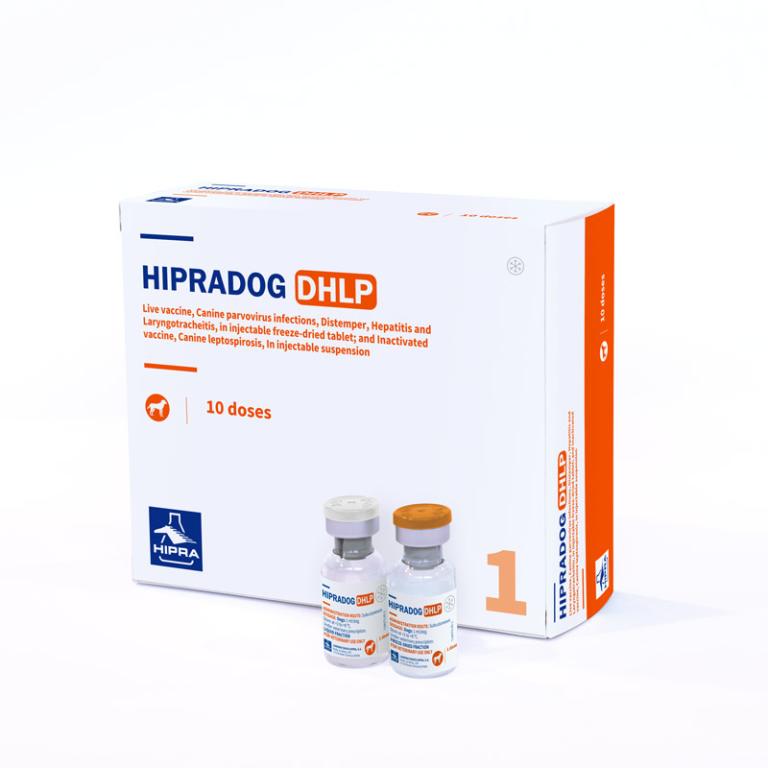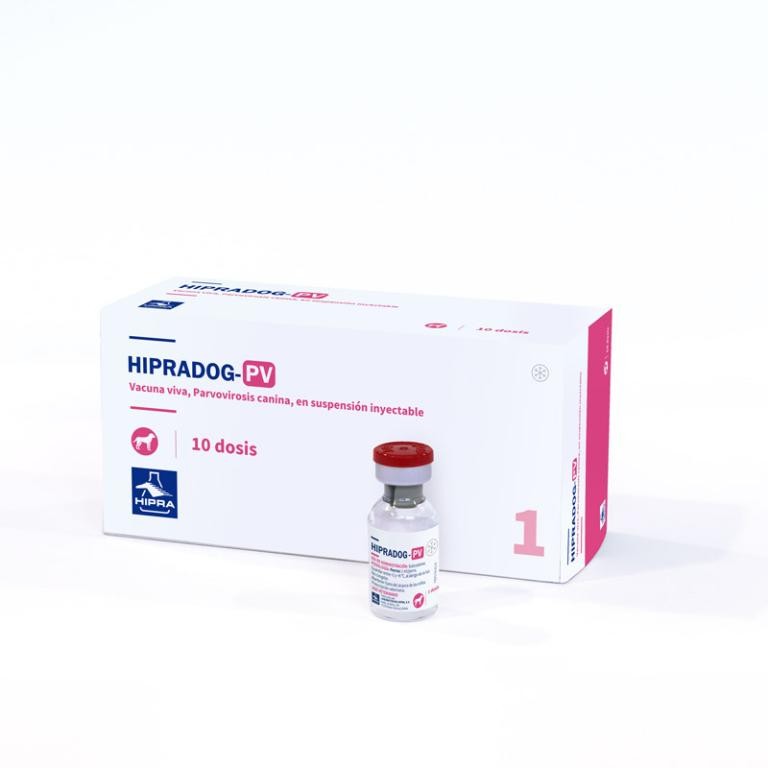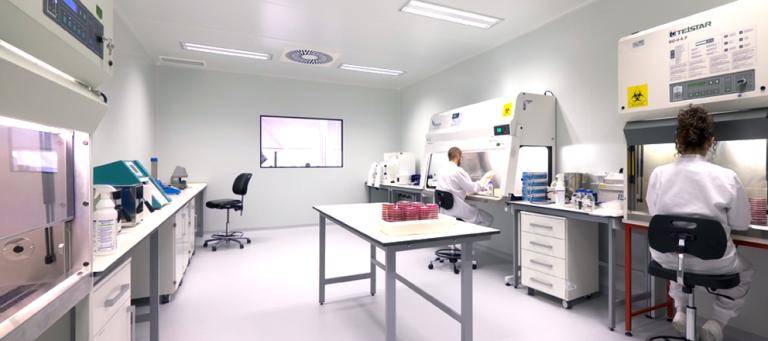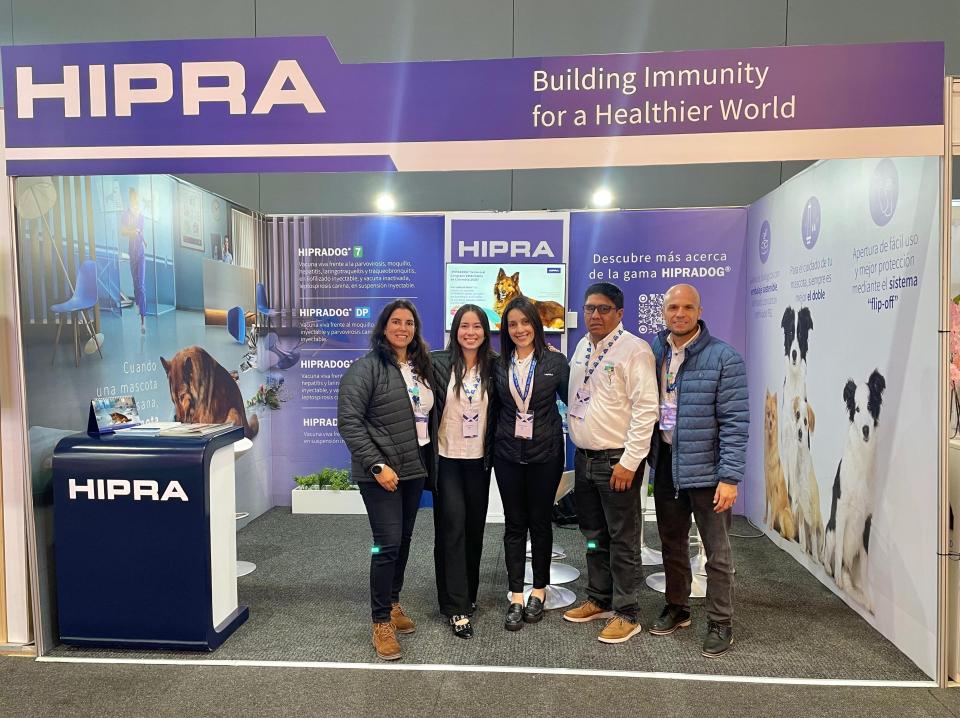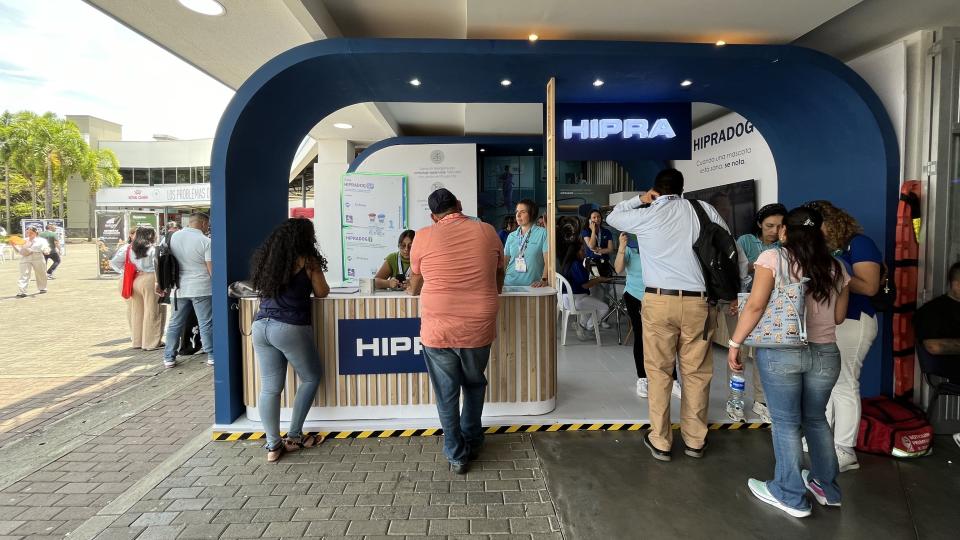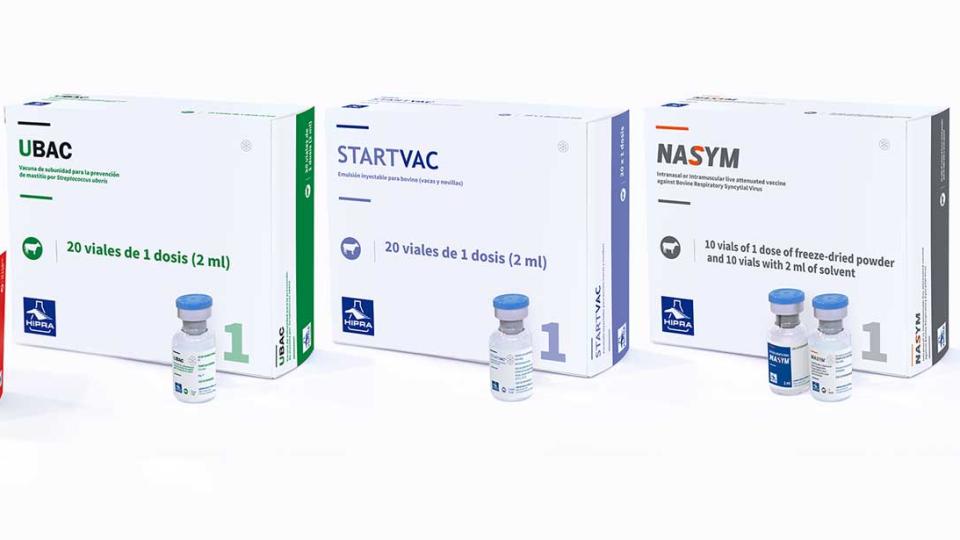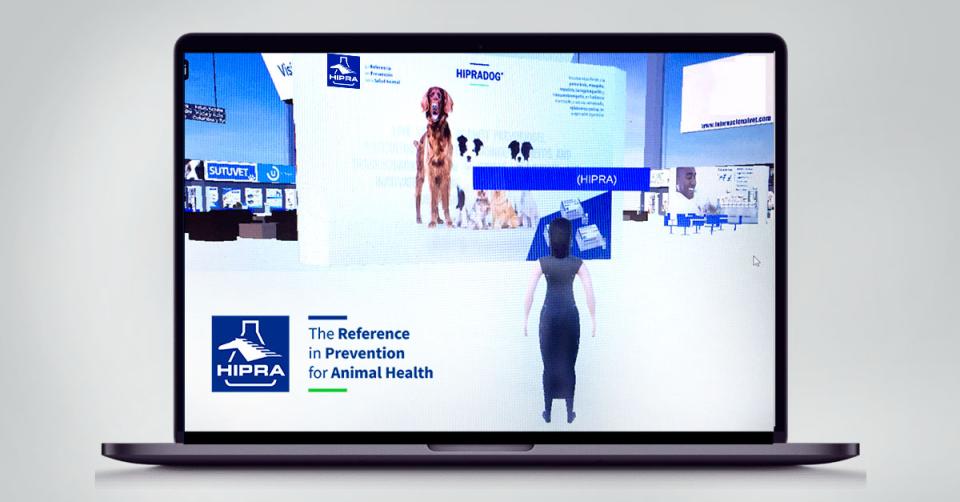Canine parvovirus
AETIOLOGY:
The canine parvovirus (CPV) belongs to the Parvoviridae family of viruses (non-enveloped small DNA viruses). It emerged in the 1970s and has undergone an antigenic evolution since then.
It is very resistant to environmental conditions and the action of various disinfectants.
EPIDEMIOLOGY:
Highly contagious and serious viral disease, which primarily affects unvaccinated puppies 6-16 weeks old, although it can also occur in adult dogs.
TRANSMISSION:
Faecal-oral transmission, that can occur either by coming in direct contact with infected dogs that excrete the virus via their faeces, or indirectly, as the virus is very resistant and can remain in the environment for months.
CLINICAL SIGNS:
The canine parvovirus comes in two forms: myocarditis (inflammation of the heart) and enteritis (inflammation of the intestines). The first form, myocarditis, is rare due to vaccination. The second form results in bloody diarrhoea, which causes significant mortality rates in puppies 8 to 12 weeks old. The incubation period is 5-11 days. The animals exhibit anorexia (lack of appetite), lethargy and rapid dehydration. Vomiting is often the initial symptom, which may be severe and prolonged. Diarrhoea usually develops within 24-48 hours, and affected animals present with fever, leucopenia (reduced white blood cell counts), dehydration, abdominal pain, malaise, etc.
DIAGNOSIS:
In this disease, as in many others, early diagnosis is vital for the recovery of the animal. The symptoms, age, vaccination status and medical history of the animal must be taken into account (especially if it comes from a place that houses a high number of puppies), but laboratory testing is required for confirmation of the disease.
TREATMENT, PREVENTION AND CONTROL:
There is no specific treatment for CPV, and veterinarian physicians must confine themselves to providing symptomatic treatment. Above all, the dehydration of the animal (to this end, fluids must be administered, usually intravenously), and the occurrence of sepsis (systemic infection) must be avoided at all costs, which is why broad-spectrum antibiotics must be administered. Electrolyte imbalances, pain or any secondary complications that may arise will also be treated accordingly.
Drugs to stop the vomiting may also be used.
Early vaccination against parvovirus should be included in all vaccination protocols, as it is an effective prevention measure.
If a dog has been infected, it must be isolated from others and good hygiene practices must be promoted, disinfecting all spaces, objects, clothes and the hands of people with whom it comes in contact.
